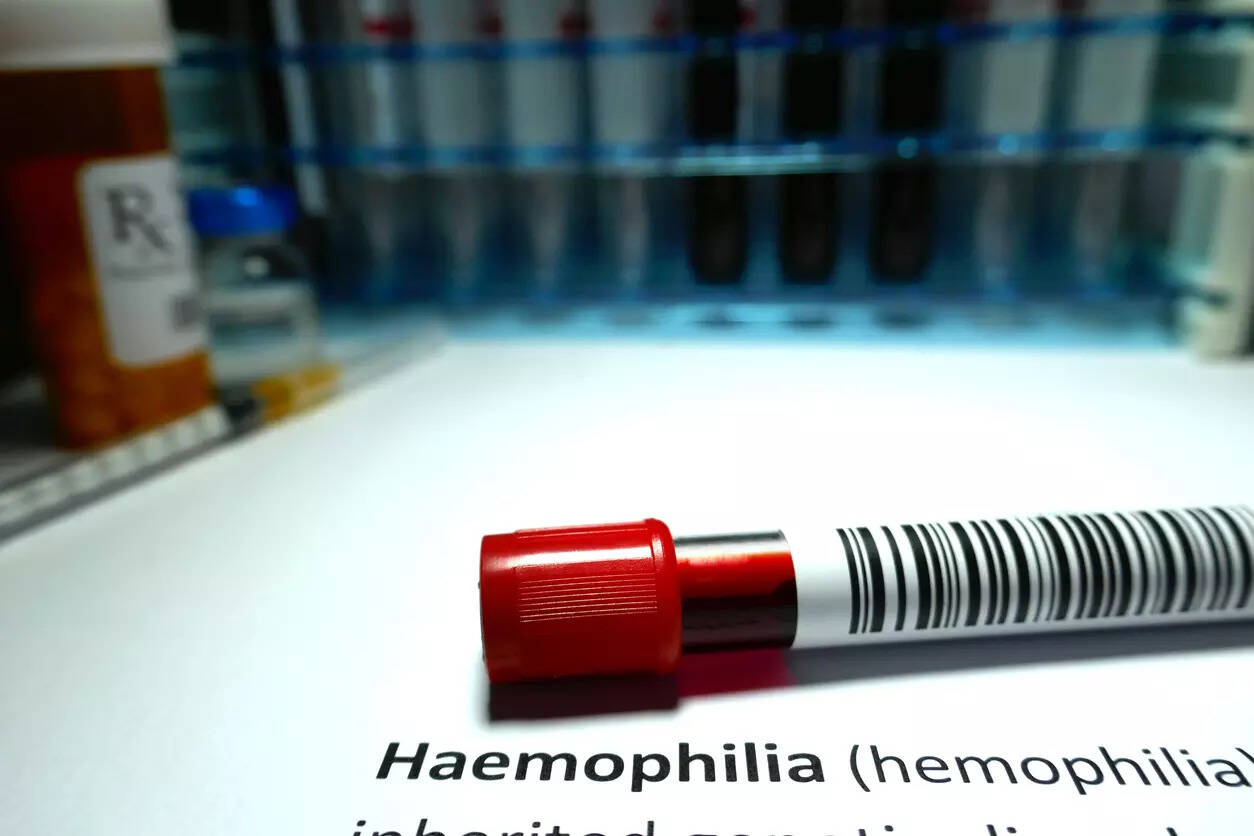
In a new study, scientists at the University of Rochester Medical Center have demonstrated that it is possible to reverse the age-related decline in the brain’s ability to clear out harmful waste, a process that could have significant implications for treating neurodegenerative diseases like Alzheimer’s and Parkinson’s.
Published in Nature Aging, the study highlights a potential new treatment strategy using a drug already approved for other medical uses.
Alzheimer’s, Parkinson’s, and similar neurological disorders are often described as “dirty brain” diseases because they involve the accumulation of toxic proteins and other waste products that the brain fails to clear away effectively. Aging is a key factor in this decline, as the brain’s waste removal system, known as the glymphatic system, slows down over time. This sets the stage for the buildup of harmful proteins such as beta amyloid, tau, and alpha-synuclein, which are associated with these diseases.
“This research shows that restoring cervical lymph vessel function can substantially rescue the slower removal of waste from the brain associated with age,” said Douglas Kelley, PhD, a professor of Mechanical Engineering at the University of Rochester and one of the lead authors of the study. “Moreover, this was accomplished with a drug already being used clinically, offering a potential treatment strategy.”
The glymphatic system, first described by Maiken Nedergaard, MD, and her colleagues in 2012, is responsible for flushing out excess proteins and other waste products generated by brain cells during normal activity. In younger, healthy brains, this system efficiently removes these toxic substances. However, as we age, the glymphatic system’s efficiency decreases, leading to the accumulation of waste that contributes to neurodegenerative diseases.
The new study combines advanced imaging and particle tracking techniques to reveal, for the first time, the detailed pathway through which cerebrospinal fluid (CSF) carrying brain waste exits via the cervical lymph vessels in the neck. This process is driven by tiny, rhythmically contracting pumps called lymphangions, which propel the waste-laden CSF out of the brain and toward the lymphatic system for processing.
As mice aged, the researchers observed that the frequency of these lymphangion contractions decreased, and the valves within the lymph vessels began to fail, leading to a 63% reduction in the speed of CSF outflow from the brain compared to younger mice.
The research team then tested whether they could restore the function of these lymphangions using a drug known as prostaglandin F2α, which is commonly used to induce labor and is known to aid smooth muscle contraction. When applied to the cervical lymph vessels of older mice, the drug successfully increased the frequency of lymphangion contractions, restoring the flow of CSF to levels observed in younger mice.
“These vessels are conveniently located near the surface of the skin, we know they are important, and we now know how to accelerate function,” concluded Kelley. “One can see how this approach, perhaps combined with other interventions, could be the basis for future therapies for these diseases.”
The scientists believe that the study opens up exciting possibilities for developing new treatments aimed at improving the brain’s waste disposal system as a way to combat aging and neurodegenerative diseases. By restoring the glymphatic system’s efficiency, researchers hope to reduce the toxic buildup in the brain that contributes to conditions like Alzheimer’s and Parkinson’s, potentially improving quality of life for millions of people as they age.









![Best Weight Loss Supplements [2022-23] New Reports!](https://technologytangle.com/wp-content/uploads/2022/12/p1-1170962-1670840878.png)




